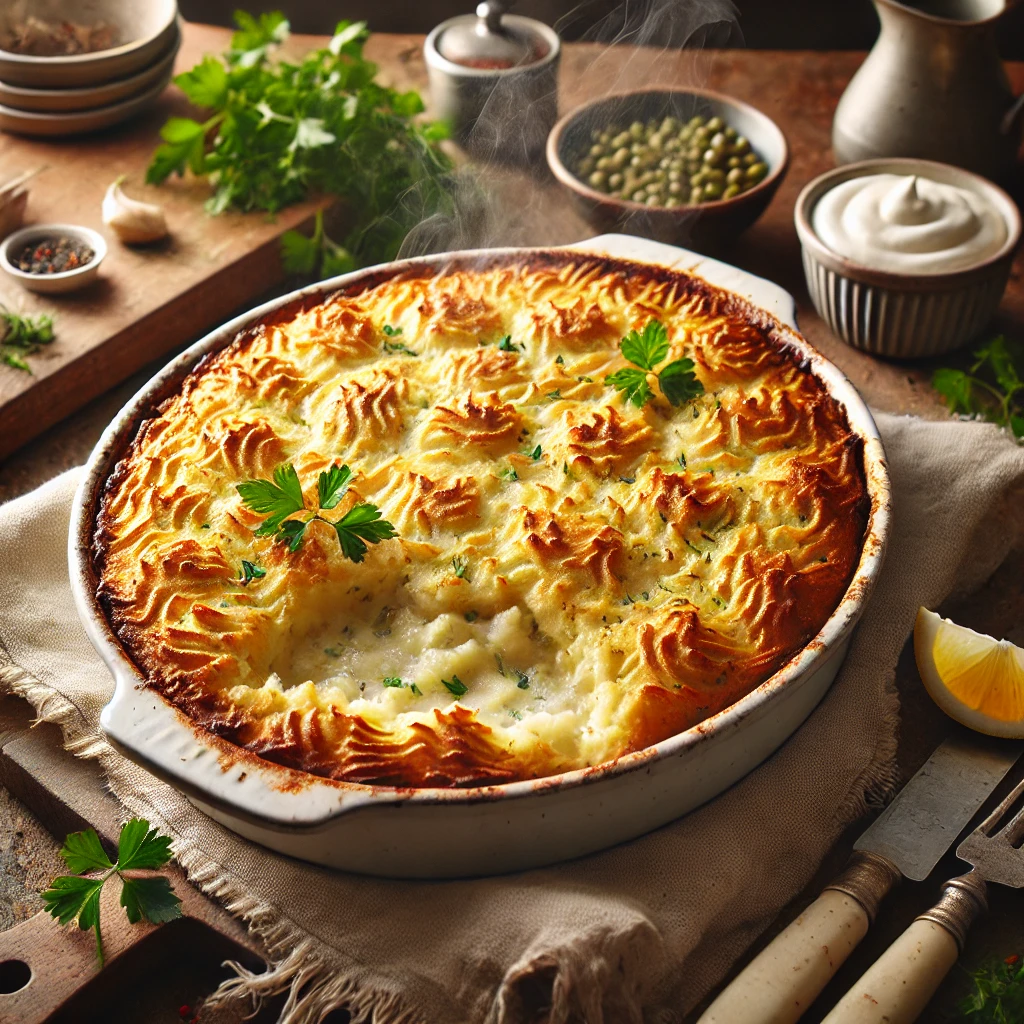
Baking without gluten can feel like venturing into uncharted territory. Gluten, a protein found in wheat, barley, and rye, provides elasticity to dough and helps baked goods maintain their shape. When it’s removed, achieving the right texture and flavor can be challenging. However, with the right techniques and ingredients, you can create gluten-free treats that are just as delicious as their gluten-filled counterparts. Here are some tips to help you achieve perfect results every time.
1. Use a Blend of Gluten-Free Flours
Gluten-free baking often requires a combination of flours to mimic the properties of wheat flour. Popular options include rice flour, almond flour, coconut flour, and tapioca starch. Each of these flours brings its own unique texture and flavor, so experimenting with blends can help you find the perfect balance. Pre-made gluten-free flour blends are also widely available and can be a convenient option for beginners.
2. Incorporate Binding Agents
Without gluten, baked goods can easily crumble. To counteract this, use binding agents like xanthan gum, guar gum, or psyllium husk. These ingredients help provide structure and elasticity, ensuring your doughs and batters hold together. Typically, you’ll need about 1/2 to 1 teaspoon of a binding agent per cup of gluten-free flour.
3. Don’t Skip the Resting Time
Gluten-free doughs and batters often benefit from a resting period before baking. Allowing the mixture to rest for 20-30 minutes can help hydrate the flours and improve the texture of the final product. This step is particularly important for recipes that use rice flour, as it can help reduce grittiness.
4. Adjust Liquids as Needed
Gluten-free flours can absorb liquids differently than wheat flour. You may need to adjust the amount of liquid in your recipe to achieve the right consistency. Start by adding a little less liquid than the recipe calls for, and gradually add more if needed. The goal is to reach a batter or dough that isn’t too wet or too dry.
5. Increase Leavening Agents
Gluten-free doughs often need a bit more help when it comes to rising. Increasing the amount of baking powder or baking soda by about 25% can give your baked goods the lift they need. Additionally, eggs can provide extra structure and airiness, so don’t shy away from using them in your recipes.
6. Mind the Oven Temperature
Gluten-free baked goods can brown more quickly than those made with wheat flour. To prevent over-browning, consider lowering the oven temperature by 25°F and extending the baking time slightly. Keep an eye on your treats and use a toothpick to check for doneness.
7. Practice Patience
Gluten-free baking requires patience, especially when trying new recipes. The texture and appearance of gluten-free doughs can be different from what you’re used to, but don’t be discouraged. It may take a few tries to perfect your technique, but the results are worth it.
8. Store Properly
Gluten-free baked goods can dry out faster than those made with wheat flour. To keep them fresh, store them in an airtight container and consider freezing any extras. If you notice that your baked goods have become a bit dry, reheating them in the microwave for a few seconds can help restore moisture.
9. Taste Test and Adjust
Every gluten-free flour blend has its own flavor profile, which can affect the taste of your baked goods. Don’t be afraid to taste test as you go and adjust the seasoning, sweeteners, or other ingredients to suit your preferences.
10. Keep Experimenting
Gluten-free baking is as much an art as it is a science. Don’t be afraid to experiment with different flours, binding agents, and recipes. Over time, you’ll develop a repertoire of go-to recipes that work for you and your dietary needs.
Conclusion
Gluten-free baking may come with a learning curve, but with practice and the right techniques, you can create delicious, gluten-free baked goods that everyone will enjoy. Whether you’re baking for yourself or loved ones with gluten sensitivities, these tips will help you achieve perfect results every time. Happy baking!

